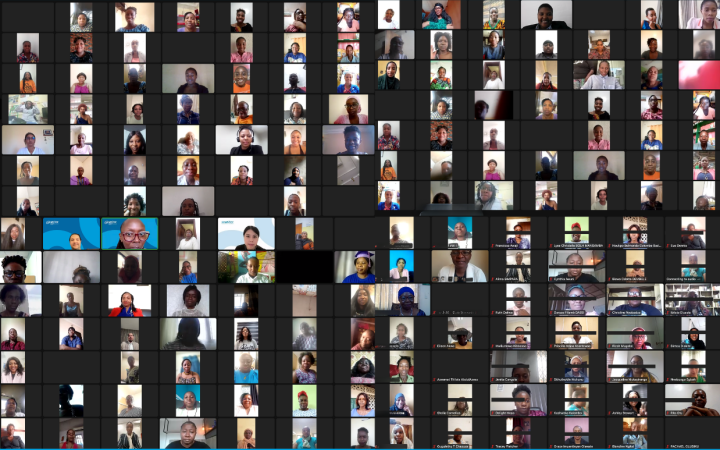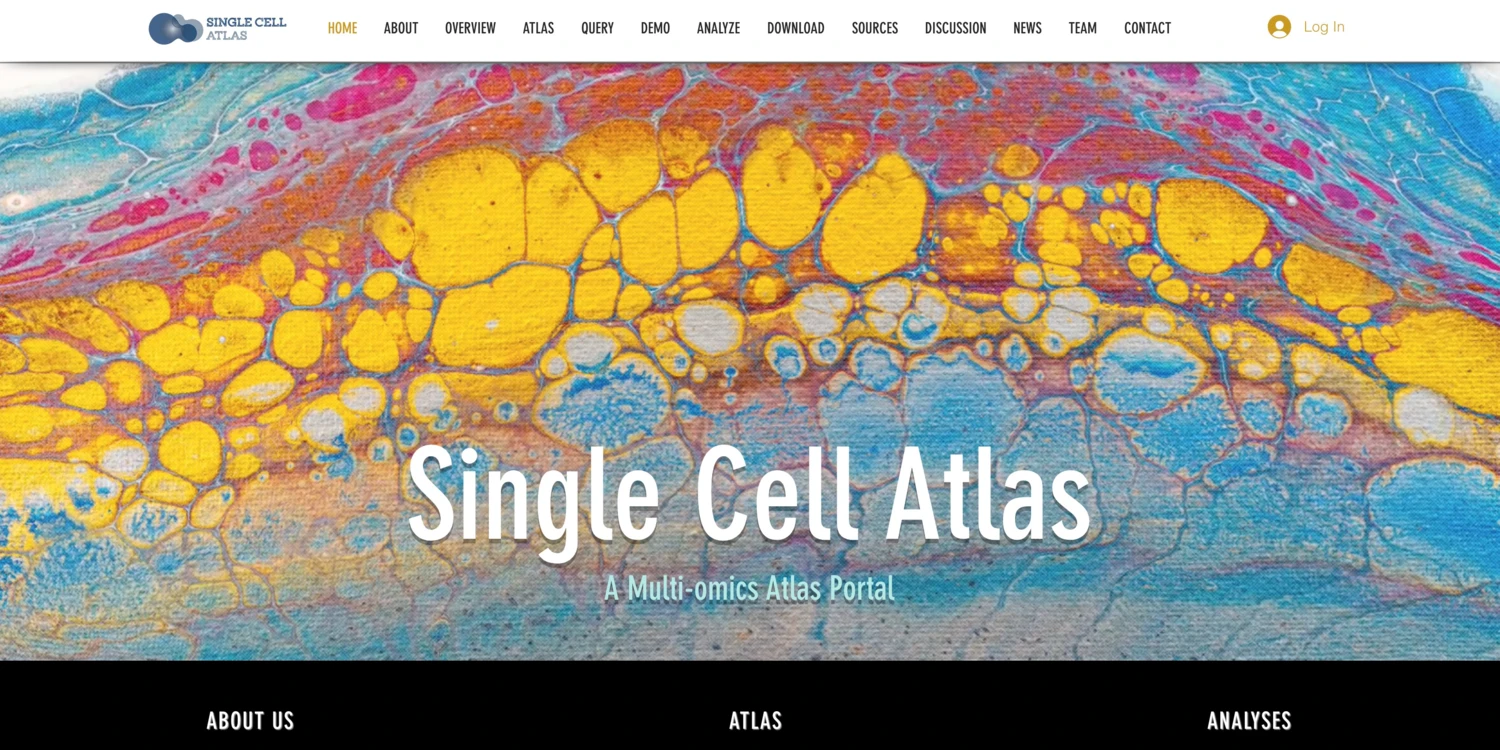The Independent Pricing and Regulatory Tribunal (IPART) has rejected Port Stephens Council’s application to increase general income above the 2.7% rate peg from 1 July 2019, while approving and partially approving applications from Muswellbrook and Dungog councils respectively.
Councils can apply for a special variation to increase their general income above the rate peg which applies to all councils. IPART assesses these applications against the criteria set out in the Office of Local Government (OLG) Guidelines.
The decisions mean that rates in Port Stephens can increase only by the 2.7% rate peg, in line with other councils across NSW that did not apply for a special variation.
Dungog Council can increase its average residential rate by $135 per annum from 1 July 2019, with similar increases in rates over the following four years. Muswellbrook ratepayers face a $21 increase in 2019-20 if the Council proceeds to implement the approved change. These increases include the 2.7% rate peg.
IPART Chair Dr Paul Paterson said special variations give councils flexibility to generate additional income above the rate peg to meet specific needs.
Council applications are independently assessed by IPART taking into account submissions received directly from stakeholders.
“In making these assessments, we have considered whether there is a genuine financial need for additional revenue for a council to be financially sustainable, and to fund future infrastructure projects or asset renewal requirements in their regions,” Dr Paterson said.
“We also look at efforts made by the various councils to reduce their costs and identify other sources of revenue, as well as the capacity and willingness of ratepayers to pay the requested increase.
“In the case of Port Stephens we found that the impact on ratepayers is not reasonable due to the absence of a strong financial need and demonstrated willingness to pay for the proposed works.”
Dr Paterson said the Council’s proposed special variation would have resulted in a cumulative 65.9% increase in average residential rates over seven years.
“It is clear that Dungog Council has a clear and urgent need for increased funds. However, given the magnitude of the proposed increase and uncertainties around budgeting, IPART considered it was prudent to approve the special variation for a period of five years, not seven as requested,” he said.
Muswellbrook Council met the special variation criteria set out in the OLG Guidelines.
Through the rate peg and special variation process, IPART determines the allowable increases to councils’ general income. Councils decide whether to implement the increase and how it is allocated among different ratepayer categories, such as residential or business.
IPART has attached conditions to the approvals requiring the additional income to be used for the purposes outlined in the application, and that the Council reports to the community about how the additional revenue is spent.
The three Hunter Valley councils are among 13 councils across NSW (of a total of 128) to apply for special rate variations for 2019-20. Of the 13 applications, eight have been approved in full, three have been partially approved and two (Port Stephens and Tamworth) were declined.
The full reports on all of the councils’ applications are available at www.ipart.nsw.gov.au.
Dungog Shire Council
IPART has approved in part Dungog Shire Council’s application for a special rate variation, reducing the requested 97.8% increase over seven years to 76.0% over five years.
The decision reflects IPART’s decision that longer-term forecasts for expenditure and operating performance are uncertain, and that the proposed increase would have a substantial impact on the Council’s ratepayers.
IPART’s approval means the Council is now able to increase the average residential rate by $135 in 2019-20 or by $685 over the next five years. Average business rates will rise by $135 in 2019-20 or by $686 over the next five years, and average farmland rates will go up by $334 in 2019-20 or by $1,694 over the next five years.
“We received over 100 submissions opposing the Council’s application, mainly on the grounds of affordability,” Dr Paterson said.
“Nevertheless, we are satisfied the Council has demonstrated its need for the additional revenue to improve its financial sustainability and to fund necessary operating and capital costs, that it largely demonstrated its community is aware of the proposed rate increases, and that it is taking steps to improve productivity and contain costs.”
The partial approval will allow the Council to begin implementing its expenditure program, whilst considering whether to apply for a further special variation in future years.
Requested special variation – 97.8% cumulative increase over seven years to be retained permanently in the rate base.
Outcome – 76.0% cumulative increase over five years to be retained permanently in the rate base.
Estimated increase in the average residential rate (including the rate peg)
– $135 in 2019-20; $685 total cumulative increase over five years.
Summary of purpose – Fund operating and capital expenditure for its key assets including its road network, timber bridges and community buildings, enhance its financial sustainability and reduce its infrastructure backlog.
Muswellbrook Shire Council
Muswellbrook Shire Council’s application for a permanent 15.13% single year increase has been approved.
The approval replaces a temporary special variation of 12.43%, which expires on 30 June 2019. That temporary variation was granted last year in place of the permanent variation requested by Council as it failed at that time to meet one of the OLG criteria. The criteria were met for 2019-20.
The additional revenue will be used to fund operating and capital expenditure for the Council’s key assets such as local roads and drains, maintain service levels at acceptable standards, improve stormwater infrastructure, fund the Job Creation program, and continue development of the Olympic Park Precinct and Regional Entertainment and Conference Centre.
IPART received five submissions opposing the increase, citing concerns around the Council’s financial management, affordability for ratepayers and transparency of consultation.
Dr Paterson said the Council largely demonstrated its need for the additional revenue above the rate peg to implement its proposed projects while remaining financially sustainable, and that the impact on ratepayers of the proposed rate increase would be reasonable.
“The Council’s consultation ensured the community was largely aware of the purpose of, and need for, the proposed special variation, and it undertook sufficient planning and exhibition in relation to its Integrated Planning and Reporting documents to allow IPART to approve the proposed rate increase,” he said.
“Based on the Council’s application, the average residential rate will increase by $21 in 2019-20, while the average business rate will rise by $76. Because this approval replaces a temporary increase that is expiring, ratepayers will experience an increase of around 2.7% rather than the full 15.13%.”
Requested special variation – 15.13% single year increase to be retained permanently in the rate base. The impact of the increase is partially offset by an expiring special variation.
Outcome – Approved in full
Estimated increase in the average residential rate (including rate peg) – $21 in 2019-20
Summary of purpose- Maintain existing services, improve stormwater infrastructure, support the Job Creation program, upgrade its Olympic Park Sports Precinct, and develop the Regional Entertainment and Conference Centre.
Port Stephens Shire Council
IPART rejected Port Stephens Council’s application for a 7-year variation to increase its general income by 7.5% annually from 2019-20 to 2025-26 (inclusive), which would be a cumulative increase of 65.9% to be retained permanently in its rate base.
“Our decision reflects our finding that the Council’s application does not meet the criteria in the Office of Local Government’s Guidelines, and that there is a mismatch between the priorities of the Council and many of its ratepayers,” Dr Paterson said.
“It was not clear that the additional revenue is needed to meet infrastructure backlog or renewal requirements, and a significant majority of ratepayers were not willing to pay for the works the Council proposed be funded by the special variation.”
Dr Paterson said that while the Council had consulted the community and sufficiently demonstrated that the community was aware of the need for, and purpose of, the proposed rate increase, it did not fully demonstrate that the impact on ratepayers would be reasonable.
IPART received over 680 submissions, with the vast majority either opposed to or raising concerns about the magnitude of the proposed rate increase, the proposed expenditure and affordability.
“The additional revenue is not required to meet infrastructure backlog or renewal benchmarks. Further, it was clear from the survey conducted by the Council that the community is not willing to pay for the works the Council proposed be funded by the increase,” Dr Paterson said.
“Therefore, IPART has decided that approval of the Council’s application would not be reasonable in the circumstances.”
The decision means that the Council may only raise its general income by the rate peg of 2.7% in 2019-20. This does not prevent the Council from making a new application in the future.
“It will be a decision for Council whether to further consult with its community and consider whether to put forward an application in the future.”
Requested special variation – 65.9% cumulative increases over seven years to be retained permanently in the rate base.
Outcome- Rejected
Summary of purpose- Fund new infrastructure and services and upgrade existing infrastructure, while remaining financially sustainable.
Note: All percentages include the 2.7% rate peg applicable to all NSW councils in 2019-20, and an estimated rate peg in subsequent years.
/Public Release.








